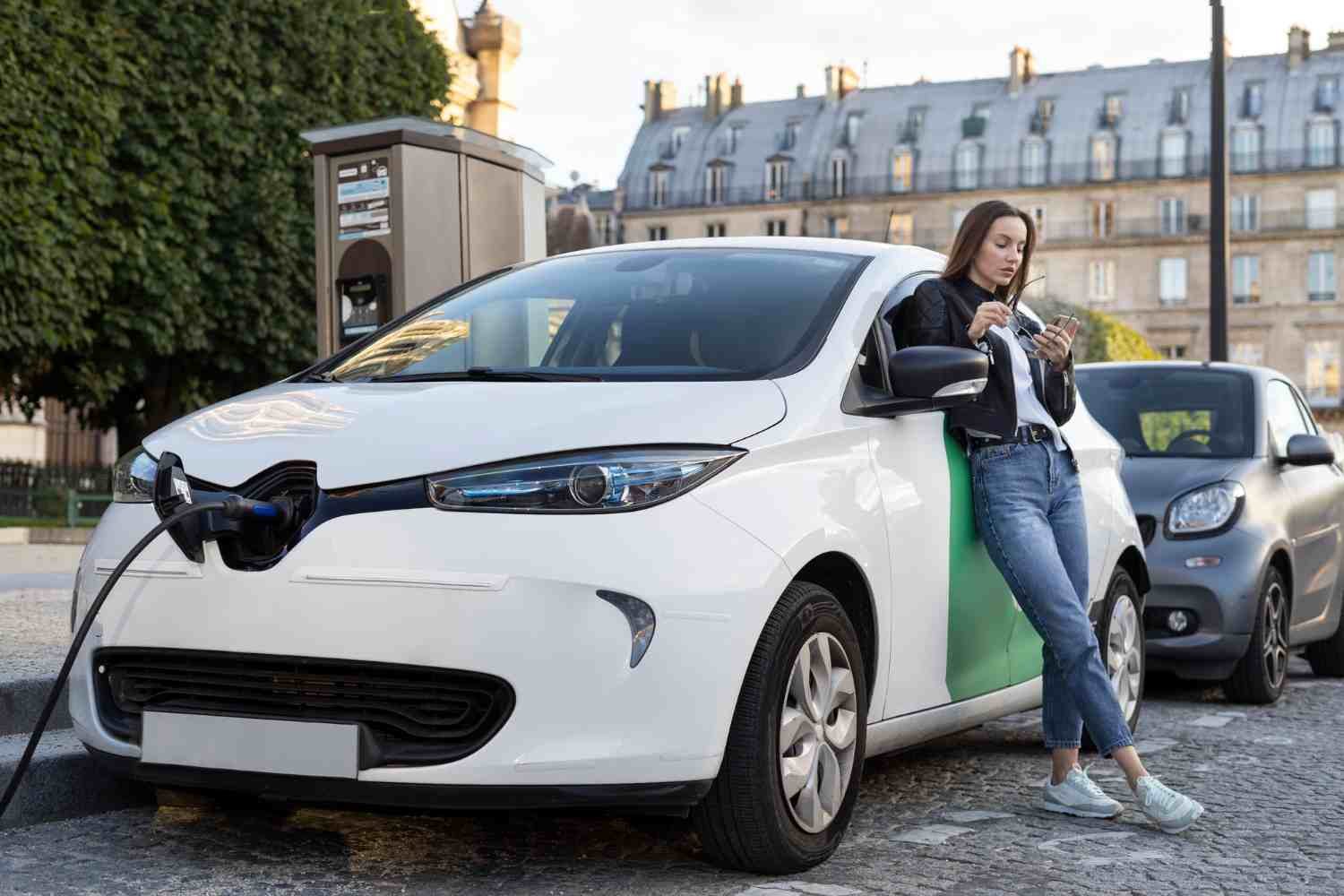The electric car revolution is in full swing, but there’s one thing engineers still fight with is weight. Ask any EV driver what makes their car different, and they’ll mention the silence, the instant torque, and usually the size of the battery pack hidden under the floor. It’s powerful, yes, but also bulky and heavy. In some models, the battery alone makes up nearly a third of the vehicle’s mass.
That’s why researchers are chasing something that sounds almost science fiction: structural battery composites. The idea is as radical as it is simple. Instead of carrying the battery like luggage, why not make the car itself the battery?
Turning the Car Into Power Storage
A structural battery is not a separate box of cells. It’s a material that stores energy and acts as part of the car’s skeleton. Carbon fiber, already known for being light and strong, is combined with special polymers that act as electrolytes. The result is a panel that can hold a charge while also bearing the mechanical load of a roof, a door, or even the chassis.
It flips a century of design thinking on its head. Traditionally, the structure holds the power source. In this model, the structure is the power source.
Why Automakers Are Paying Attention
Weight is the single biggest drag on efficiency. Save off 100 kilograms, and you don’t just get a longer driving range, you get a car that accelerates faster, brakes harder, and handles with more precision. That’s before you even count the environmental gains of building smaller, lighter batteries.
Some researchers go further, suggesting that structural composites could free designers from the tyranny of the “battery pack.” Instead of a slab beneath the floor, energy could be spread across the vehicle’s skin. For consumers, that might translate into sleeker designs, longer ranges, and possibly lower costs once production scales.
Where the Research Stands
This isn’t just a lab dream. Teams at Chalmers University of Technology in Sweden have built prototypes of these composites that are strong enough to replace traditional materials. Their latest version is reportedly ten times better than early attempts. Volvo has been watching closely; the company has funded projects exploring how structural batteries might work in future EVs.
Meanwhile, the aerospace world is equally intrigued. Drones and electric aircraft suffer from the same battery-weight problem as cars, and shaving off even a few kilos could mean minutes of extra flight time or bigger payloads.
The Road Ahead
Still, there are hurdles. Today’s structural batteries can’t store as much energy as a conventional lithium-ion pack. Questions about safety and crash performance Pops. And manufacturing such advanced materials at the scale of millions of vehicles is far from trivial.
But progress in this field has been surprisingly quick. A decade ago, the idea sounded like a thought experiment. Now, researchers are producing test panels that can both stiffen a car and light up a circuit. The leap from lab to showroom will take time, but few in the industry doubt its potential.
A Different Kind of Battery Future
If conventional batteries gave us the first wave of EVs, structural battery composites could unlock the next. They promise cars that are lighter, more efficient, and designed in ways we haven’t even imagined yet.
It may take years before you can buy a vehicle where the roof powers the motor, but the trajectory is clear. Weight has always been the enemy of performance, and structural batteries turn that weakness into an opportunity.

